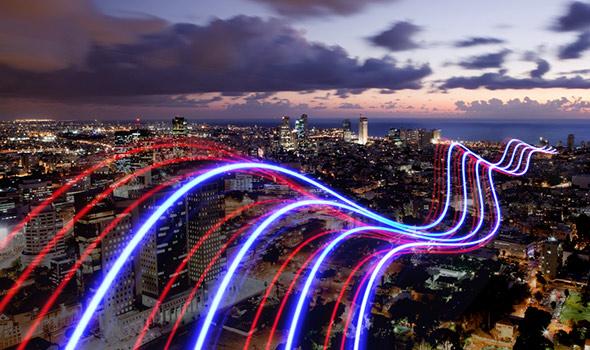- Related articles
- What Is Network Interface Card Architecture?
- Applicable to 40GBASE-PLRL4 Standard Optical Transceiver Models
- Optical Transceivers for Cisco N3K-C3048-FA-L3 Switch
- Why Should We Care About 10 Gigabit Ethernet Pluggable Optics?
- All Cisco ONS-XC-10G-I2's information (List price, Specs, Datasheet PDF, Compatibility mat
- Optical Transceivers for Cisco SF500-24-K9-G5 Switch
- Optical Transceivers for Cisco WS-C3560-24TS-S Switch
- Optical Transceivers for Cisco N3K-C3172PQ-10GE Switch
- All Cisco DWDM-XFP-35.04's information (List price, Specs, Datasheet PDF, Compatibility ma
- Applicable to 40GBase-eSR4 Standard Optical Transceiver Models

Definition of Fibre Optic Cable Broadband
Fibre Optic Cable Broadband is the type of fiber optic which uses some special fibre-optic cables so as to deliver great internet connections to areas which are far away within a shorter time as compared to the copper lines. In fact, the internet speed goes up to 300Mbps. Fibre Optic Cable Broadband has indeed improved the communication rate throughout the telecommunication industry.

Discussion
The nation’s cable broadband infrastructure is jointly owned by Virgin Media and BT, the UK’s largest telecoms providers. Other companies — including EE, Sky, and TalkTalk — have launched their own networks using the BT infrastructure.
Between the two cable networks, a large portion of the UK is covered, but fibre-optic broadband still isn't available everywhere in the UK yet. Virgin Media currently offers over 13 million UK homes with cable broadband at speeds of up to 200Mbps in some areas. Even though these top speeds aren't available to everyone, the majority of homes can achieve a still super-fast 60Mbps.
If you get broadband from a cable provider like Virgin Media, most of your connection is still fiber optic - yeah, we know, it's a bit confusing. What makes a difference is the last mile - i.e. the connection between the local exchange and your home. For most fiber optic broadband, the last mile consists of copper phone lines, but for cable broadband, it's made of coaxial cable - which can carry data far faster than copper since it experiences less loss in speed over distances.
The main cable broadband provider in the UK is Virgin Media, though there are other, smaller ones too.
Fiber optic broadband literally uses fiber optic cables to send data. It's fast. It's very, very fast, especially compared to traditional ADSL broadband, and gives you a much more reliable connection to boot.
With fiber broadband, your connection is generally made up of fiber optic lines up to your local street cabinet, which then connects to your home via copper phone lines. A few providers offer broadband with fiber lines all the way to your router, though this is less common.
Most fiber providers use BT's Openreach network, including BT itself, Sky, TalkTalk, Plusnet, and EE. Others, such as Hyperoptic, have their own network of lines
Conclusion
Fibre Optic Cable Broadband is such a great type of fiber optic cable which has contributed greatly to the telecommunication industry. The transmission of a huge amount of data can be done within a second over a long distance. Indeed, Fibre Optic Cable Broadband has brought a significant change in the communication world.





















































